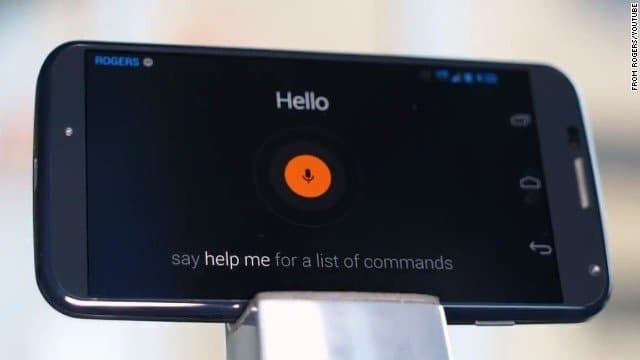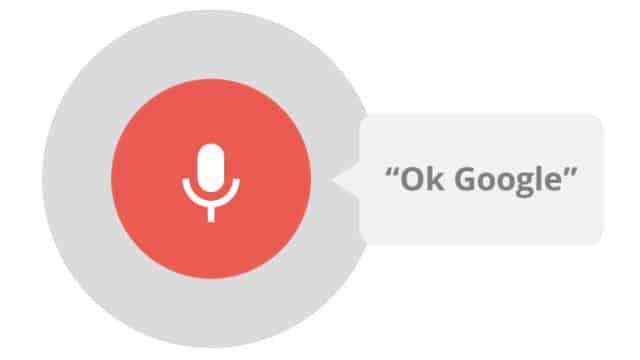Lend Me An Ear
Technology organizations have been researching voice recognition technology over the last 2 decades. With significant improvements in recognition algorithms, some organizations have successfully deployed applications that effectively recognize user voice and execute commands. To create these effective algorithms, the code should self-learn and create effective database of various languages to be recognized by devices. Therefore, device manufacturing companies design their hardware so that the devices automatically recognize conversations in its environment.
Recently, Samsung was under a lawsuit due to the snooping behavior of its Smart TV. The license agreement of the devices specifically stated that the device may at times record and transmit recoded data to Samsung servers to improve customers experience in voice recognition technology. So which specific gadgets among the thousands in the market are actually listening to us?
Gadgets listening to you
Today nearly 90% of the high end smartphones have voice recognition while other smart electronic devices normally used in our daily life are getting upgrades that include voice recognition. Even desktops and laptops have started to snoop on user privacy by transferring audible data through the operating systems and generating necessary algorithms and data structures based on recorded vice. The top gadgets constantly listening to us are:
Moto X

Motorola was the first company to include the OK Google feature in its smartphones. Since then it has always remain among the top devices that effectively detect user interaction with the device. In its recent release, the company made it clear that the devices keep on listening to the surrounding voice to be able to detect the OK Google command when spoken by the user.
Nexus

Google has been working on voice recognition technology since its early days. Today its web voice search API is one of the most advanced voice recognition engine on the planet. Therefore, the company has been heavily embedding voice recognition in its Nexus phones that keeps listening to its surroundings to detect the activation command.
Chrome and Applications that Use the Web Speech API

Chrome has inbuilt voice search features that Google’s what the user speaks. Developers have used the web speech API in their respective applications to increase customer interactivity. Therefore each of the those applications and the browser itself is constantly listening to you every time you open up functions relating the use the API’s
Amazon Echo

Amazons latest introduction to the market is built on voice recognition and self-learning algorithms that keep listening to the user and its surrounding to provide a seamless experience. The device is programmed to keep grasping information and change its own data structures to facilitate better experience for the users.
Xbox One

Microsoft’s flagship gaming console now comes with voice recognition that allows users to wake the device instantly by speaking the key phrase. Unfortunately, users have reported the device waking up on commercials and recordings that utter the wake up phrase.
Cars and other Vehicles

Computing resources and oil now allow vehicles to compute while driving thus providing a seamless experience to its users. Ford recently reported an upgrade to its Sync 3 that aims to ease user interaction with the system on board the car, therefore allowing automation of most tasks through voice recognition technology.
Conclusion
For now, most of the above mentioned and other voice recognizing devices and gadgets allow users to disable the service if they feel like its intrusion of privacy. But users and experts are still not clear about the amount of data stored and transmitted to the organizations servers and the potential threat that may arise out of it. Therefore, it is always better to gain control of your devices and allow it to listen to your conversations only when you want it to, else it is better to keep the features disabled.

